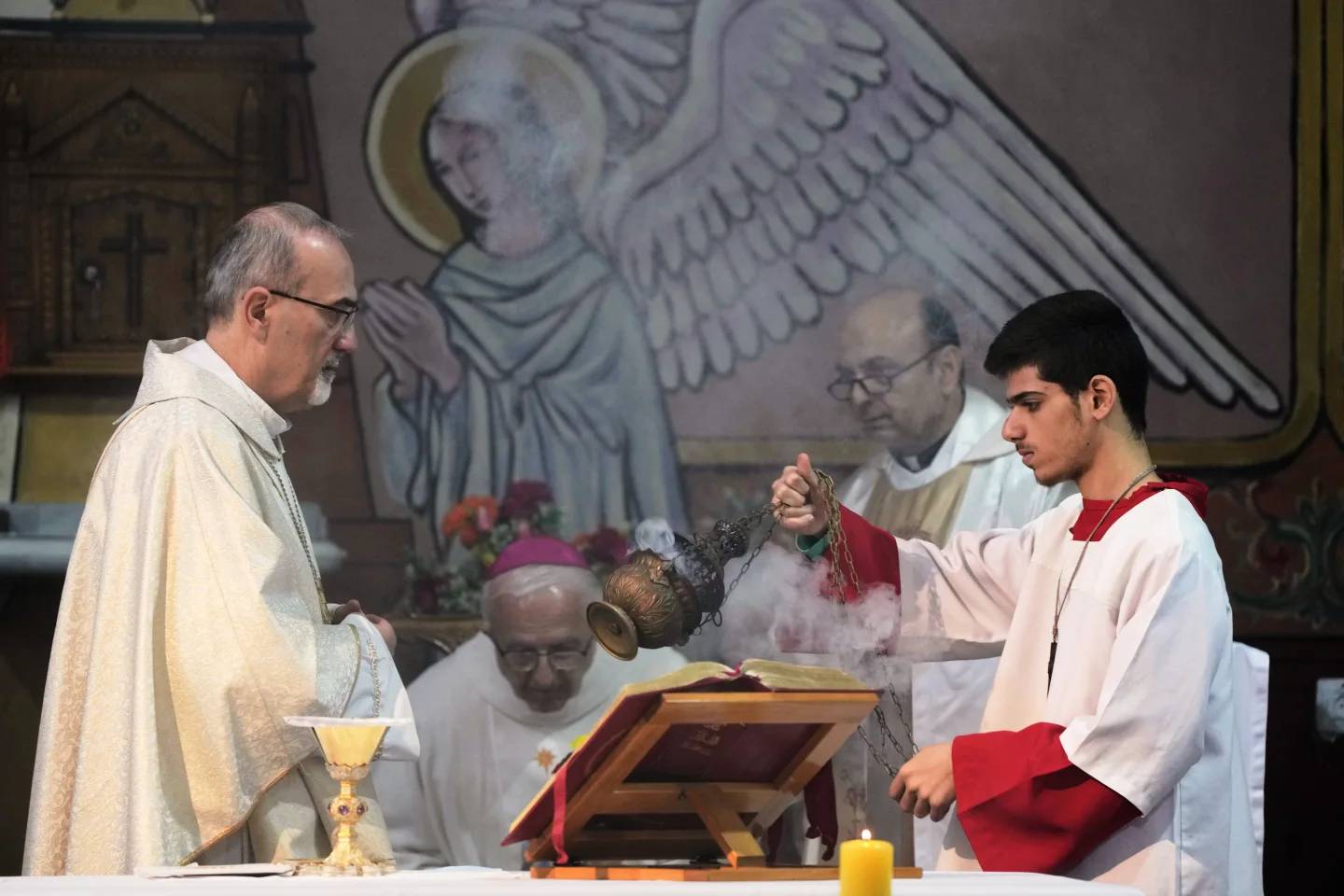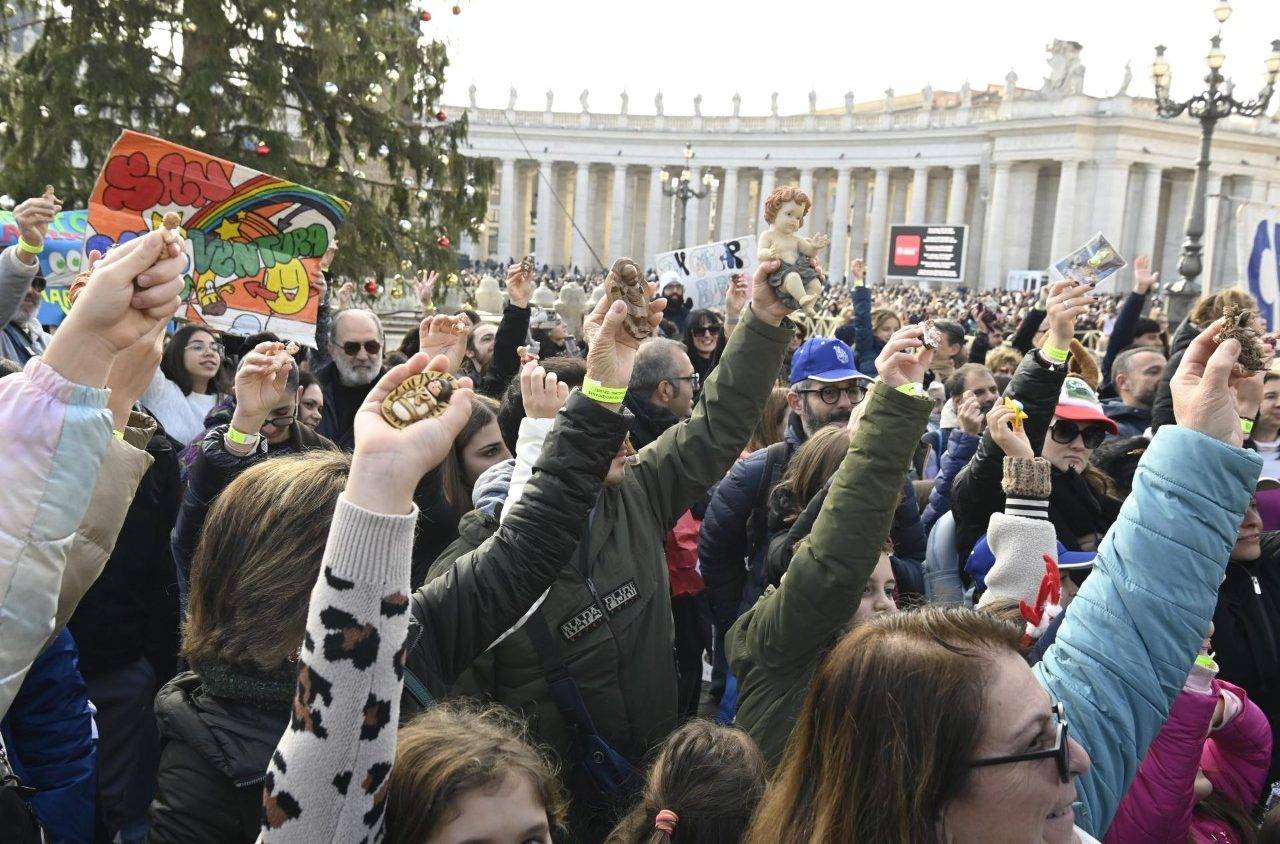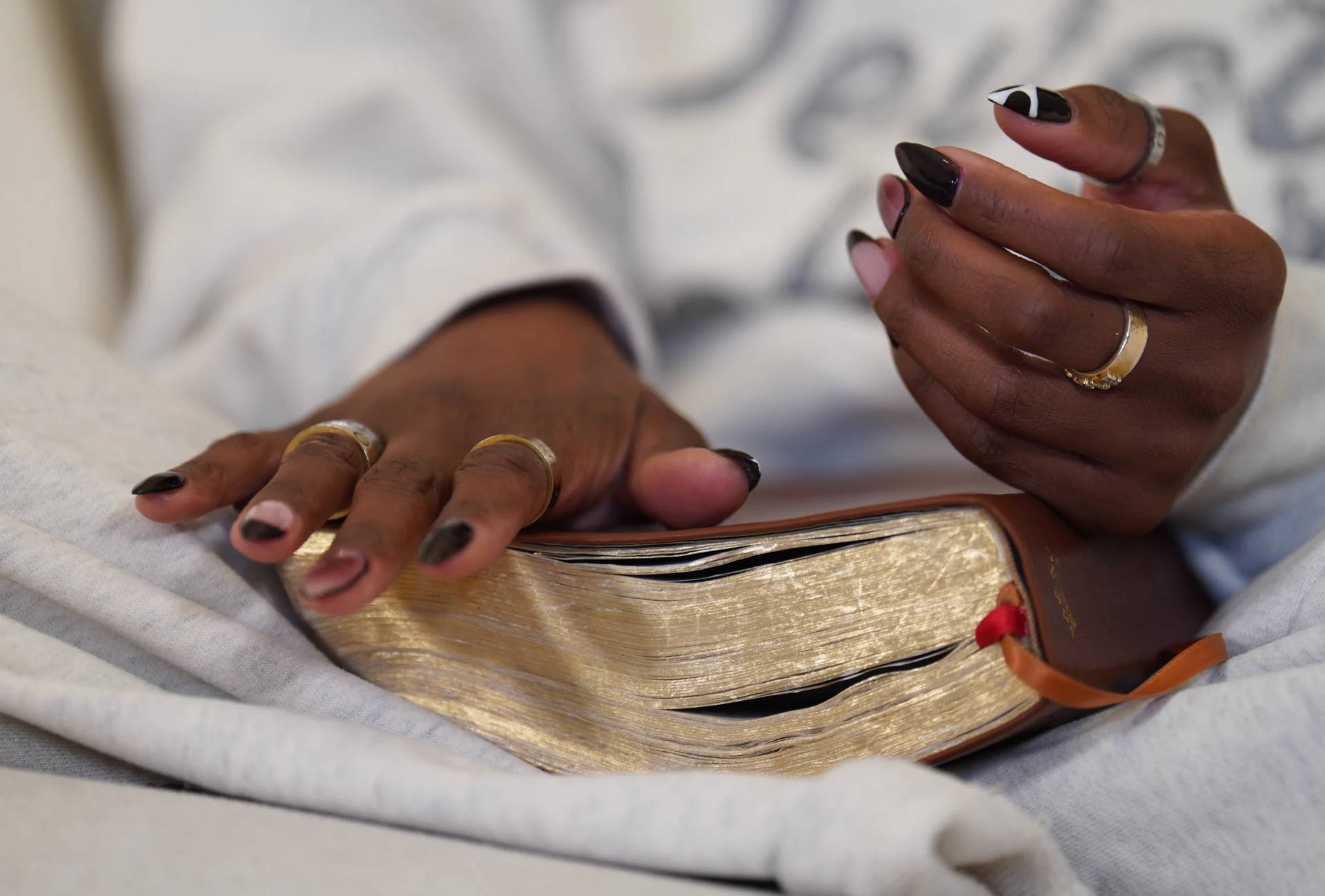ROME – On Wednesday the Vatican announced that Italian Cardinal Lorenzo Baldisseri, who turns 79 at the end of this month, has stepped down as Secretary General of the Synod of Bishops and will be replaced by Bishop Mario Grech of Malta.
Since Grech was named Pro-Secretary general a year ago, his taking over the top job was widely expected.
One could say many things about the transition. It highlights the importance of synods to this pope, especially since the next meeting of the Synod of Bishops is precisely to focus on synodality. Equally, we could talk about Francis’s love affair with Malta, since he’s now plucked 66 percent of the island’s bishops for important Vatican posts.
(Archbishop Charles Scicluna is the pope’s point man on the child sexual abuse scandals, and there are only three bishops in the country. Meetings of the bishops’ conference can take place in a cab getting across town in Valetta.)
However, it seems only right to pause for a moment and to reflect on Baldisseri’s legacy, since when the history of Francis’s papacy eventually is written, he’ll be remembered as a central protagonist in several of its most controversial chapters.
Baldisseri was born in 1940 in Barga, Italy, in Tuscany, about four hours due north of Rome by car. He was ordained in 1963, meaning that the early years of his priesthood unfolded against the backdrop of the immediate post-Vatican II period. He earned a doctorate with a thesis on the erstwhile papal embassy (known as a “nunciature”) in Tuscany, and then entered Rome’s prestigious Pontifical Ecclesiastical Academy to prepare for a career in the Vatican’s diplomatic corps.
What followed were a series of posts around the world, culminating in 1992 when St. John Paul II named Baldisseri his ambassador to Haiti, a job which, by tradition, comes with the rank of archbishop. He would hold the same post in Paraguay, India and Nepal and Brazil. (Baldisseri was the Vatican envoy in Brazil when the Latin American bishops led by Cardinal Jorge Mario Bergoglio of Argentina produced their famous “Aparecida Document,” which was, in many ways, an outline of Bergoglio’s papacy in advance.)
In 2012 Baldisseri was named secretary of the Congregation for Bishops, traditionally a sure sign that he was destined for a cardinal’s red hat. He was also the secretary of the 2013 conclave that elected Francis, at the end of which the former Cardinal Jorge Mario Bergoglio of Argentina gave Baldisseri his own zucchetto, meaning he wouldn’t have to wait long to enter the Church’s most exclusive club. He was created a cardinal in February 2014.
In September 2013, Francis tapped Baldisseri to run the Synod of Bishops, and in this administration that’s close to the most important gig the Vatican has to offer. Francis attaches a great deal of importance to synods, and he’s used them to road-test many of the signature ideas of his papacy. Placing Baldisseri in charge put him at the heart of the action.
In some ways, Baldisseri proved almost as innovative, and controversial, as the pope he served.
It was Baldisseri in 2013 who asked bishops’ conferences around the world to conduct surveys on attitudes on birth control, gay marriage and divorce, leading to fears in some conservative circles that Church teaching would now be decided by opinion polls. It was Baldisseri who presided over those two raucous synods on the family in 2014 and 2015 that left some conservatives forces fuming to such a degree that journalist Edward Pentin produced a book called The Rigging of a Synod. Accusations included that Baldisseri stacked the deck in favor of pre-determined outcomes in terms of how the process was run internally, including who got appointed to key posts, as well as how the results were communicated to the outside world.
On a personal level, Baldisseri is approachable, funny, and a man of deep culture. He’s an accomplished pianist who once played for Pope emeritus Benedict XVI, and who was in the habit of giving copies of his CDs to visitors to his office.
He can also be irascible and stubborn, a quality brought home by a story a bishop who took part in one of the synods tells. At one stage Baldisseri called a meeting with the people who had been chose to report on behalf of their small working groups, known as the circoli minori, in order to explain what they were supposed to do. Speaking rapid-fire Italian, Baldisseri launched into his presentation until one prelate raised his hand to interrupt.
“Your Eminence, I’m sorry, but I don’t speak Italian and I can’t understand you,” he said, according to the person who told me about it. “Can we please get someone in to translate?”
As the story goes, Baldisseri sighed, gave a big Italian shrug, and promptly plowed ahead with what he had to say.
Spend much time on conservative and traditionalist Catholic web sites, and you’ll find enough speculation about Baldisseri’s agenda and integrity to sink a battleship. At times, it almost felt like Baldisseri became a repository for things people couldn’t, or wouldn’t, say about the pope himself.
That’s not say Francis always gave Baldisseri an A+. He objected recently that discussion around married priests at the recent Synod of Bishops on the Amazon was too much of a “parliament” and not enough of a “synod,” meaning that people came in with hardened positions and took sides rather than really listening to one another. If that’s indeed how it played out, at least some of the blame probably belongs with the guy who ran the show.
Still, it’s probably not fair to fault Baldisseri for trying as best he could to give the pope what he wants. If the process has been rocky and the decision-making at times a little heavy-handed, maybe that’s just the inevitable turbulence that comes with trying to turn the ship around.
In any event, Baldisseri has been among those colorful personalities who keep the Vatican interesting, no matter what you think of the substance of his positions. Time will tell if the next synod, however productive, is just a little duller because he’s no longer around.
Follow John Allen on Twitter at @JohnLAllenJr.

















